Staphylococcal Scalded Skin Syndrome (SSSS) (Clinical)
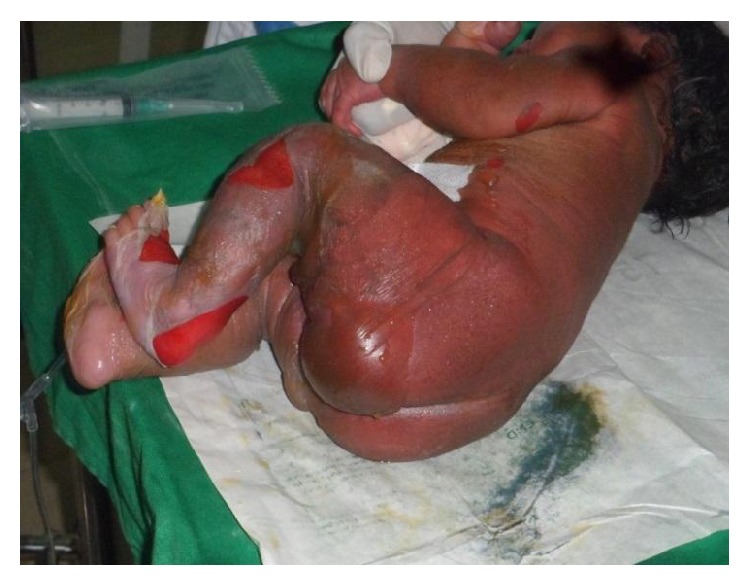
Overview Epidemiology[1,2,5,7,8] Etiology[1,2,5,8,13] Pathophysiology Clinical Presentation Diagnosis and Management Diagnosis Management Management of SSSS includes aggressive treatment of primary infection and supportive care. The following recommendations are based on the most recent literature and guidelines for the treatment of staphylococcal infections from the US and UK. Supportive measures Antibiotic coverage IV antibiotics should be initiated […]
Actinic Keratosis (Clinical)

Overview Definition Epidemiology[3,4] Risk factors[3,4] Clinical Presentation Description of lesions[2,5] Clinical course[2,4,5] Variants[2] Diagnosis Diagnosis is usually made clinically by inspection and palpation (rough, sandpaper-like texture). Additionally, clinicians may employ:[3,4,7,8] Management Management may vary depending on practice location. The following information is primarily from US and UK clinical guidelines. Choice of therapy may be determined […]
Leukoplakia (Clinical)
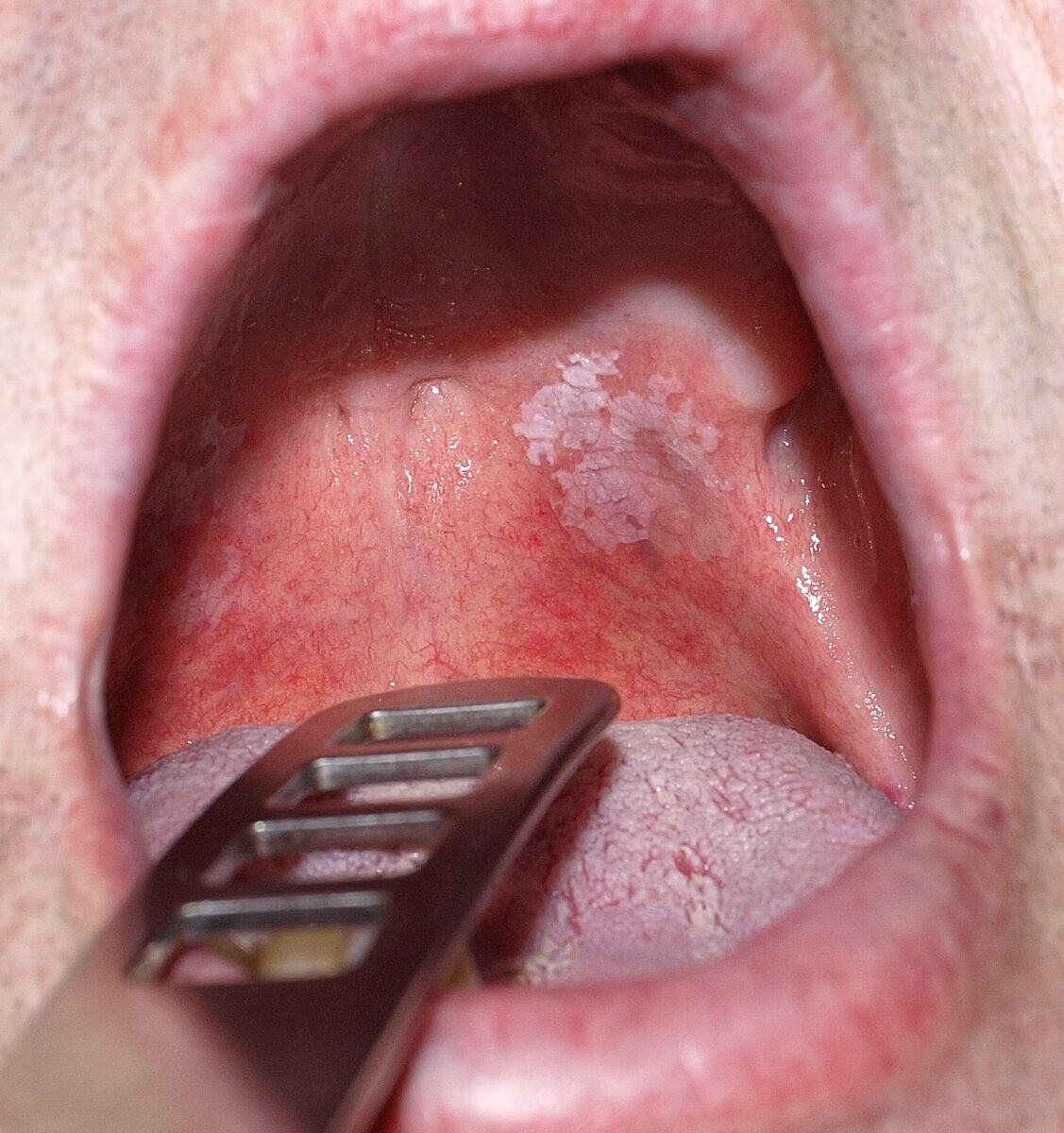
Overview Definition[1,4] Epidemiology[1,4,12] Risk factors[2,4,12] Risk factors are similar to those for squamous cell carcinoma (SCC). Pathophysiology[3] Clinical Presentation General findings[4] Homogeneous leukoplakia[12‒14] This form is less likely to be malignant and is characterized by: Nonhomogeneous leukoplakia[12,14] Nonhomogeneous leukoplakia presents a higher risk of malignant transformation and may appear: Locations[4,10] Diagnosis and Management Diagnosis[12‒14] Leukoplakia […]
Blepharitis (Clinical)
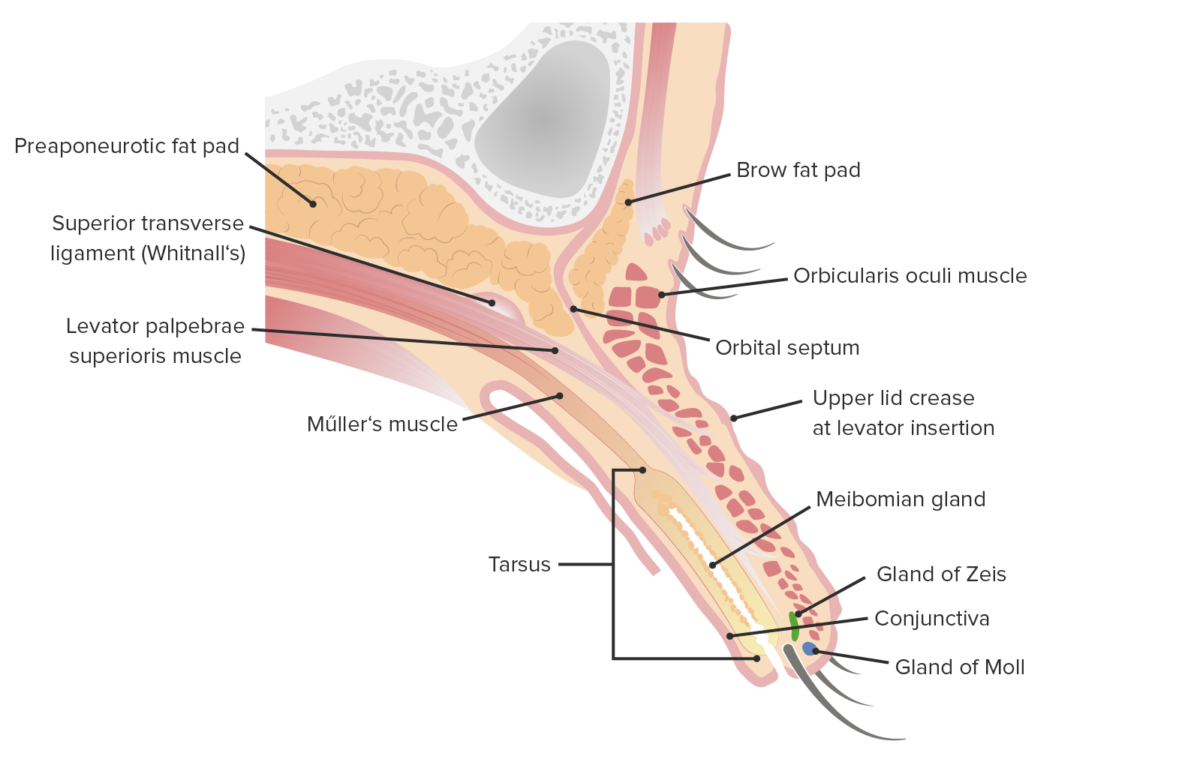
Overview Definition[1-5] Anatomy[1] Types[1,4,5] Pathophysiology and Etiology Pathophysiology[1,3-5] Etiology[1‒5] Clinical Presentation Symptoms[1-5] Signs[1,4,5] Diagnosis Management Management may vary based on locale. The following information is based on US and UK guidelines for adult patients. Nonpharmacologic[6-8] Pharmacologic[6-8] Table: Oral antibiotic options for blepharitis[6-8] Medication Typical dose (adult) Doxycycline 100 mg twice daily Minocycline 100 mg twice […]
Hordeolum (Stye) (Clinical)
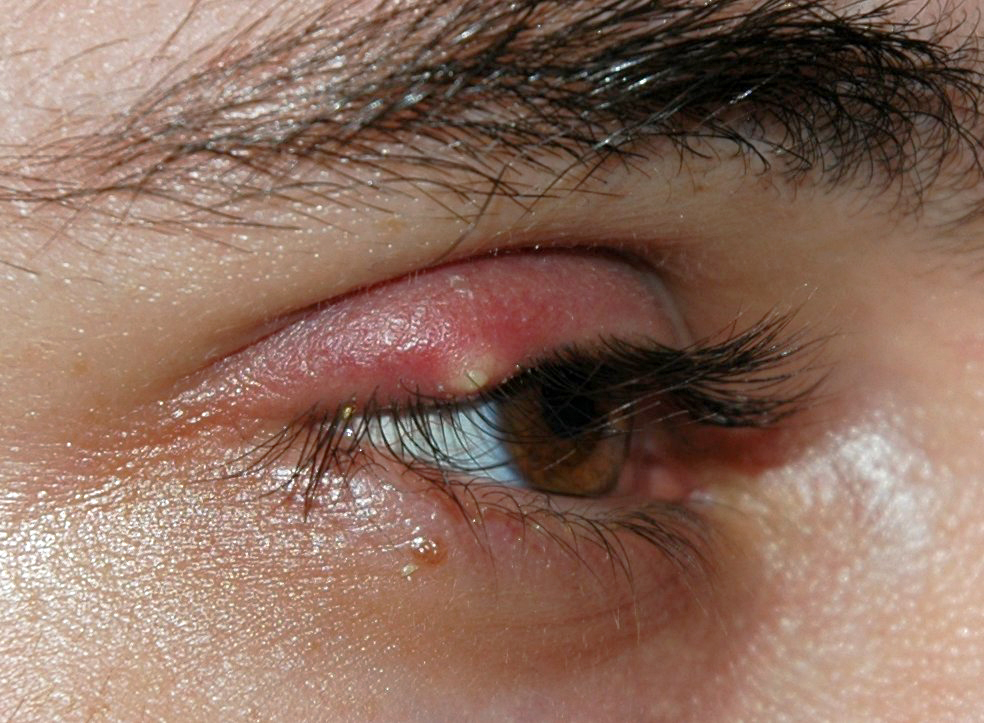
Overview Anatomy[3] Hordeolum[1-6] Table: Eyelid glands Name Type Opening location Infection Gland of Zeis Sebaceous gland Directly into the eyelash follicle External hordeolum Gland of Moll Modified sweat glands Between adjacent lashes External hordeolum Meibomian gland Modified sebaceous gland Behind eyelashes Internal hordeolum Etiology Clinical Presentation and Diagnosis Clinical presentation[1,2] Diagnosis[4-6,8] Management Clinical trials and […]
Chalazion (Clinical)
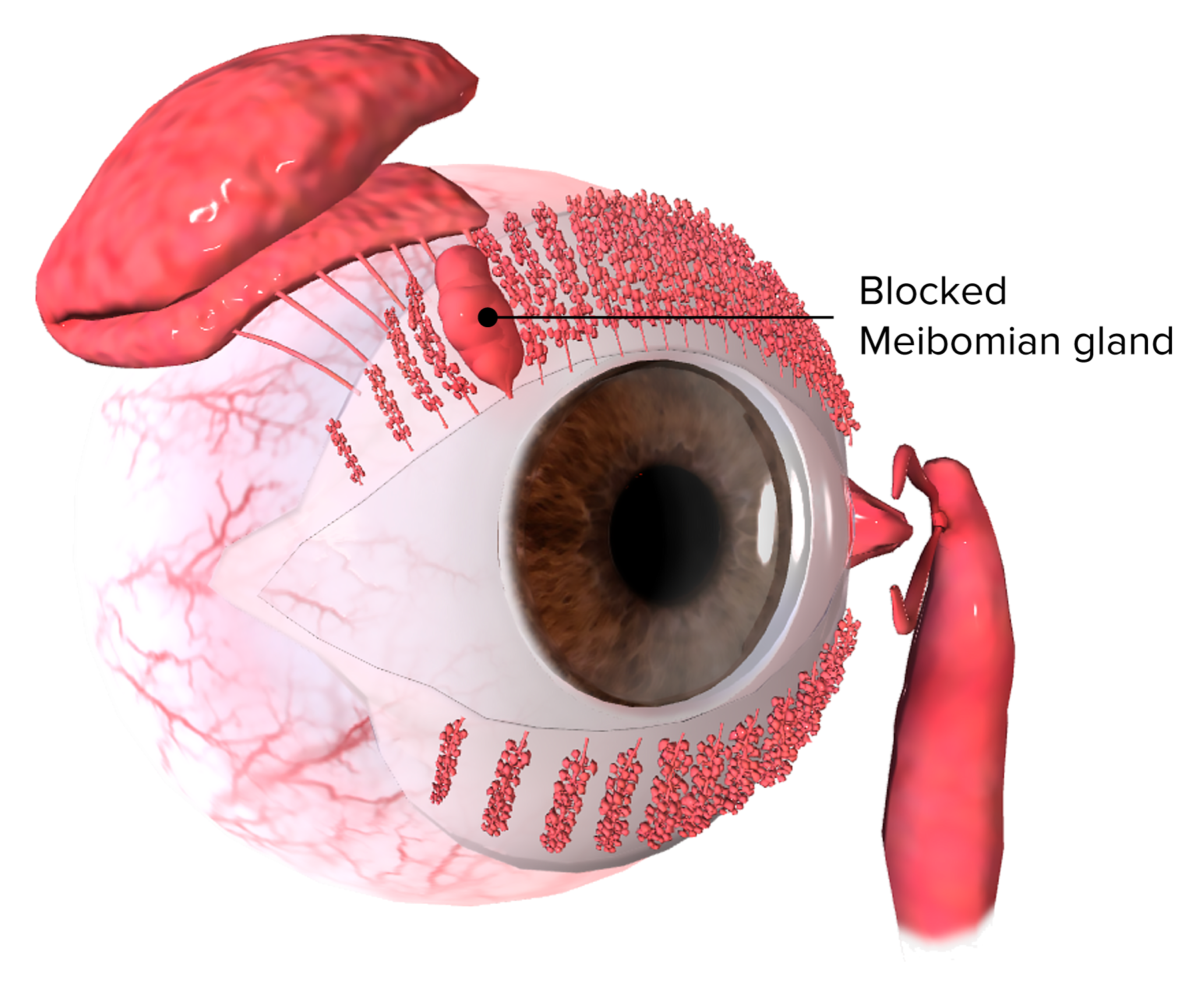
Epidemiology and Etiology Epidemiology[2] Etiology[2] Occurs due to gland blockage, which can be associated with: Pathophysiology and Clinical Presentation Pathophysiology[2-4] Clinical presentation[1,2] Diagnosis and Management Diagnosis[4] Diagnosis is clinical based on the history and physical exam. Management Conservative management:[4,5] Invasive treatment (for a persistent or large, symptomatic chalazion):[4,6] Differential Diagnosis References
Bundle Branch and Fascicular Blocks (Clinical)
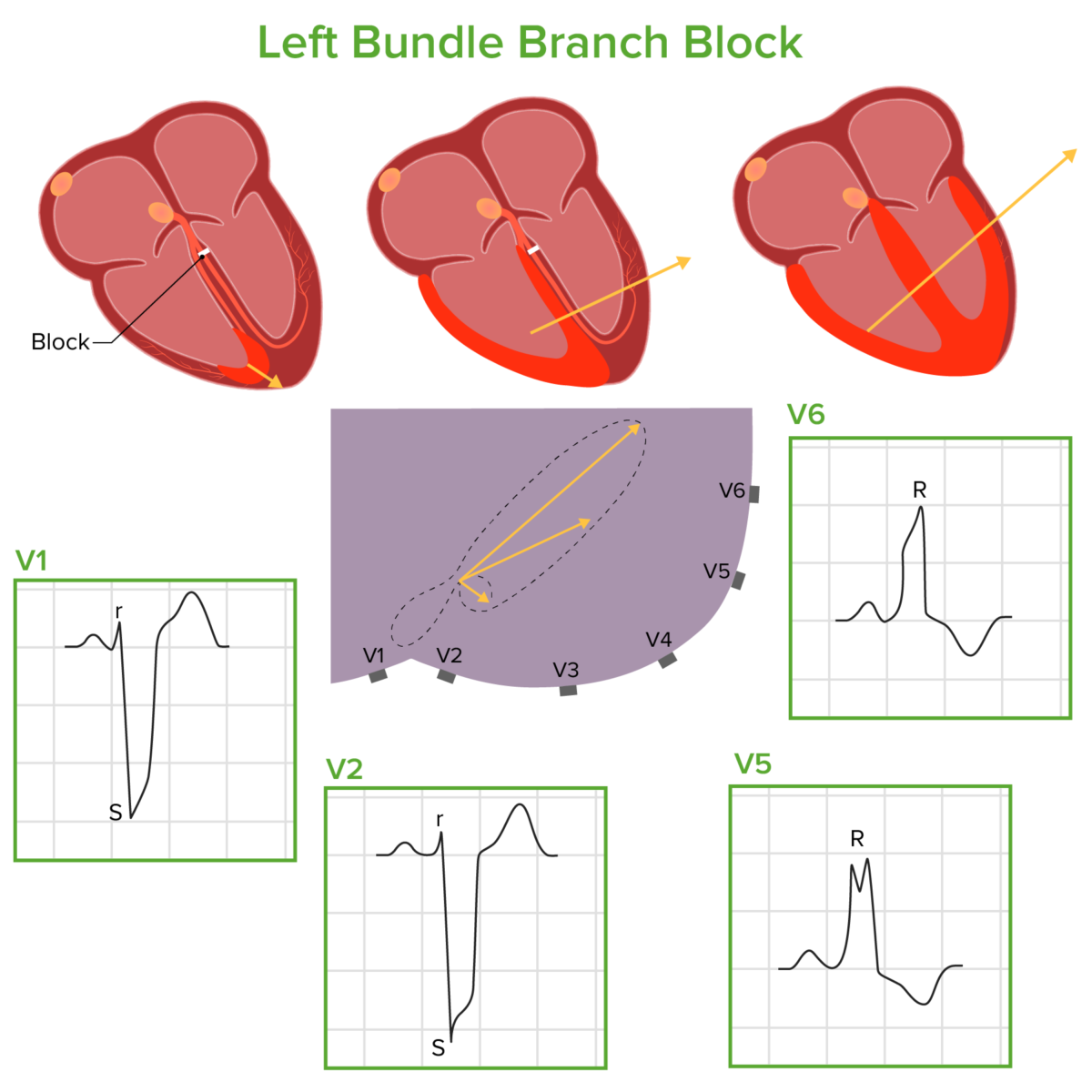
Classification and Epidemiology Classification[8,9] Bundle branch and fascicular blocks are classified on the basis of where the disruption occurs within the His-Purkinje system. Epidemiology[2‒5] Etiology RBBB[2,6] LBBB[3,6] LAFB and LPFB[4,5] These fascicular blocks can occur because of many of the same causes of RBBB or LBBB, most notably: Pathophysiology Normal physiology[2‒5] Bundle branch blocks[2‒5,9] Fascicular […]
Giant cell arteritis (Clinical)
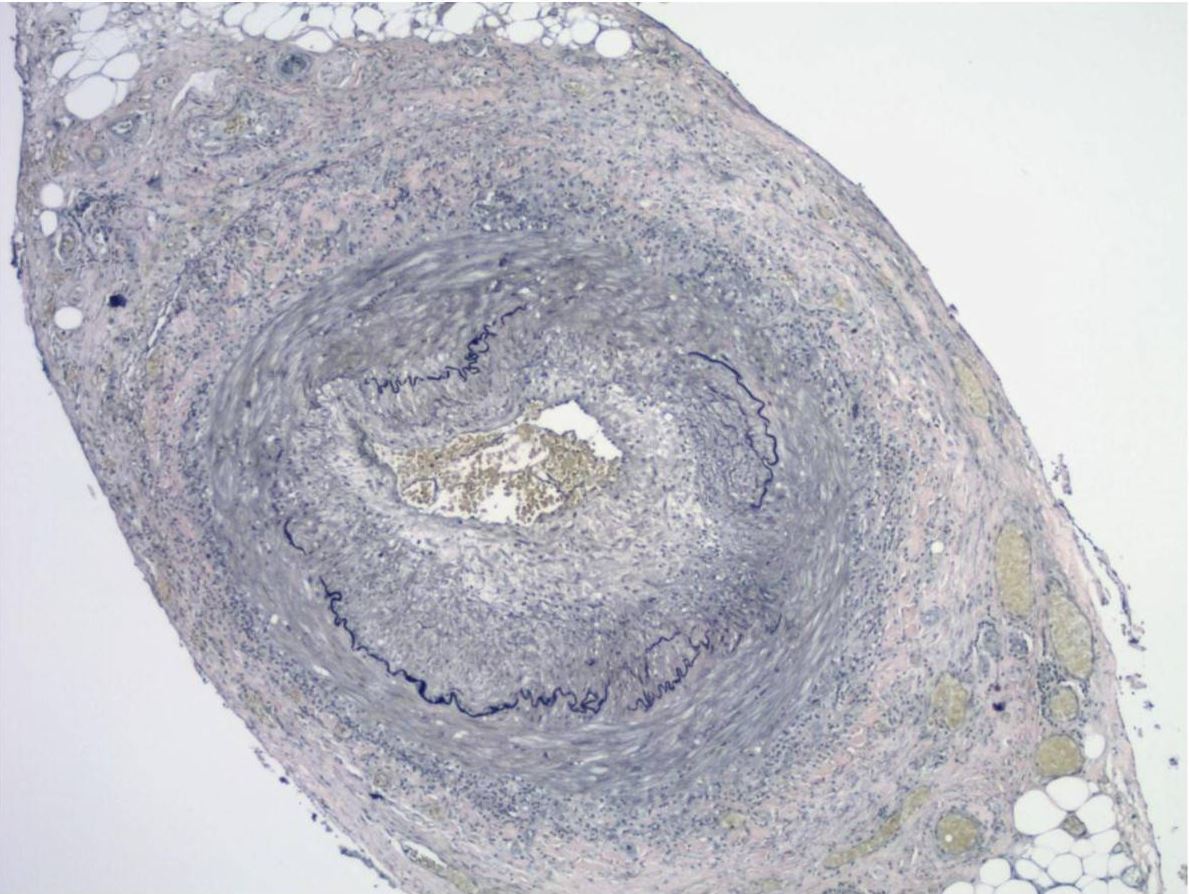
Overview Epidemiology[1,6,7] Etiology[1,6] Pathophysiology[1,6,7] Giant cell arteritis (GCA) is caused by a complicated cascade of vascular inflammation, damage, and dysfunctional repair: Clinical Presentation Clinical manifestations[6,8,10,13] Symptom onset is typically subacute, developing over weeks to months. More abrupt presentations, with symptoms arising over a few days; occurs in a minority of cases. Physical exam[6,8,10,13] Diagnosis Diagnostic […]
Hirschsprung Disease (Clinical)
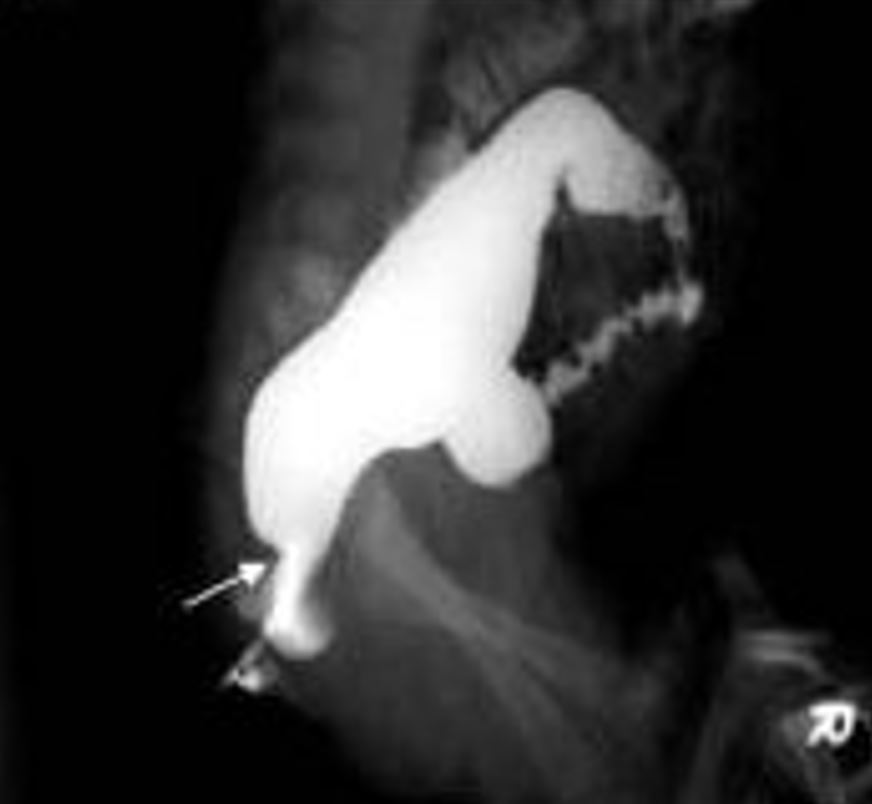
Overview Definition Hirschsprung disease (HD), also known as congenital aganglionosis or congenital megacolon, is a congenital anomaly of the colon caused by the failure of neural crest-derived ganglion cells to migrate into the distal colon. Classification[1,2,4,6] Epidemiology [1,2,6,7] Etiology [1,2,6] Pathophysiology The pathophysiology in HD is the complete absence of ganglion cells (aganglionosis) in the […]
Syphilis (Clinical)
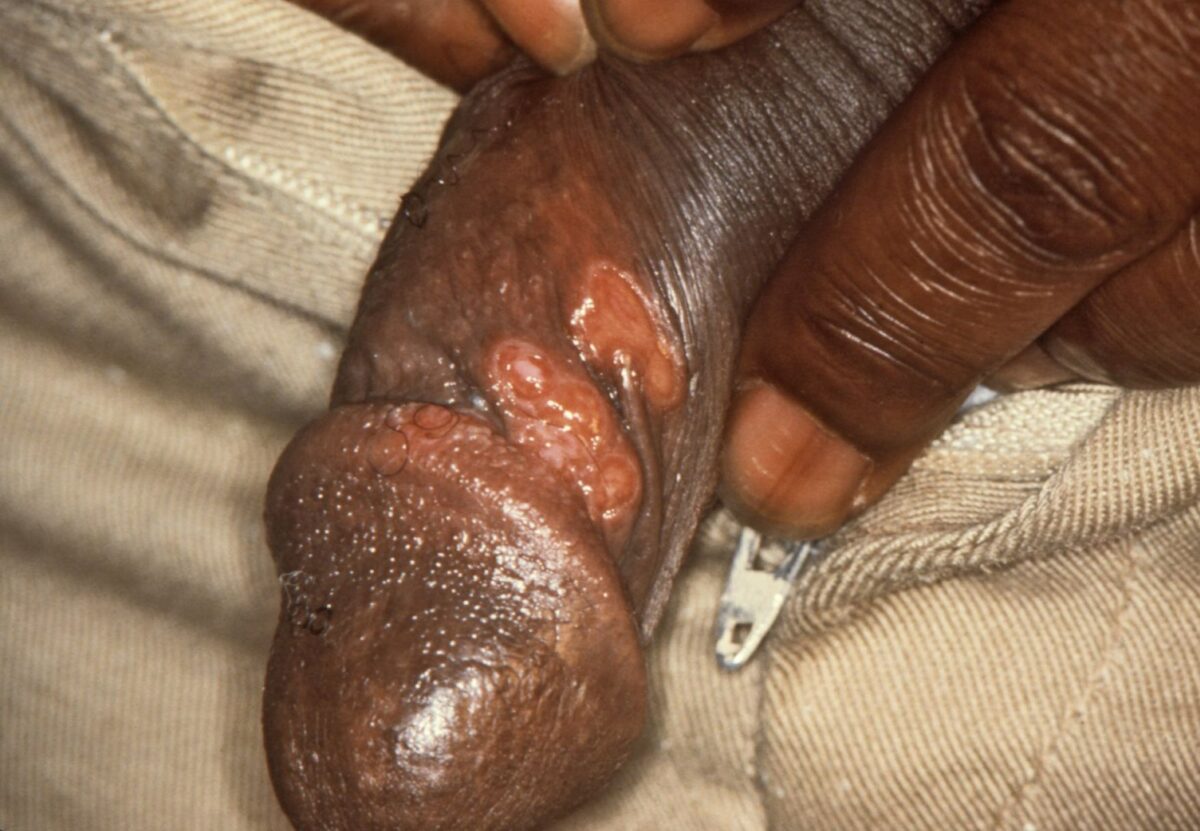
Overview Epidemiology[3,11,12] Etiology Pathophysiology[11‒13] Clinical Presentation Syphilis is a multistage disease. Patients can present at any stage, and infected individuals may not exhibit symptoms for years. Primary syphilis[1,3,5,11‒13,15] Secondary syphilis[1,3,5,11‒13,15] Latent syphilis[1,3,5,11‒13,15] Tertiary syphilis[1,3,5,10‒15] Diagnosis Screening[7] Screening asymptomatic individuals every 3‒12 months is recommended in individuals at high risk for disease. These individuals include: Pregnant […]